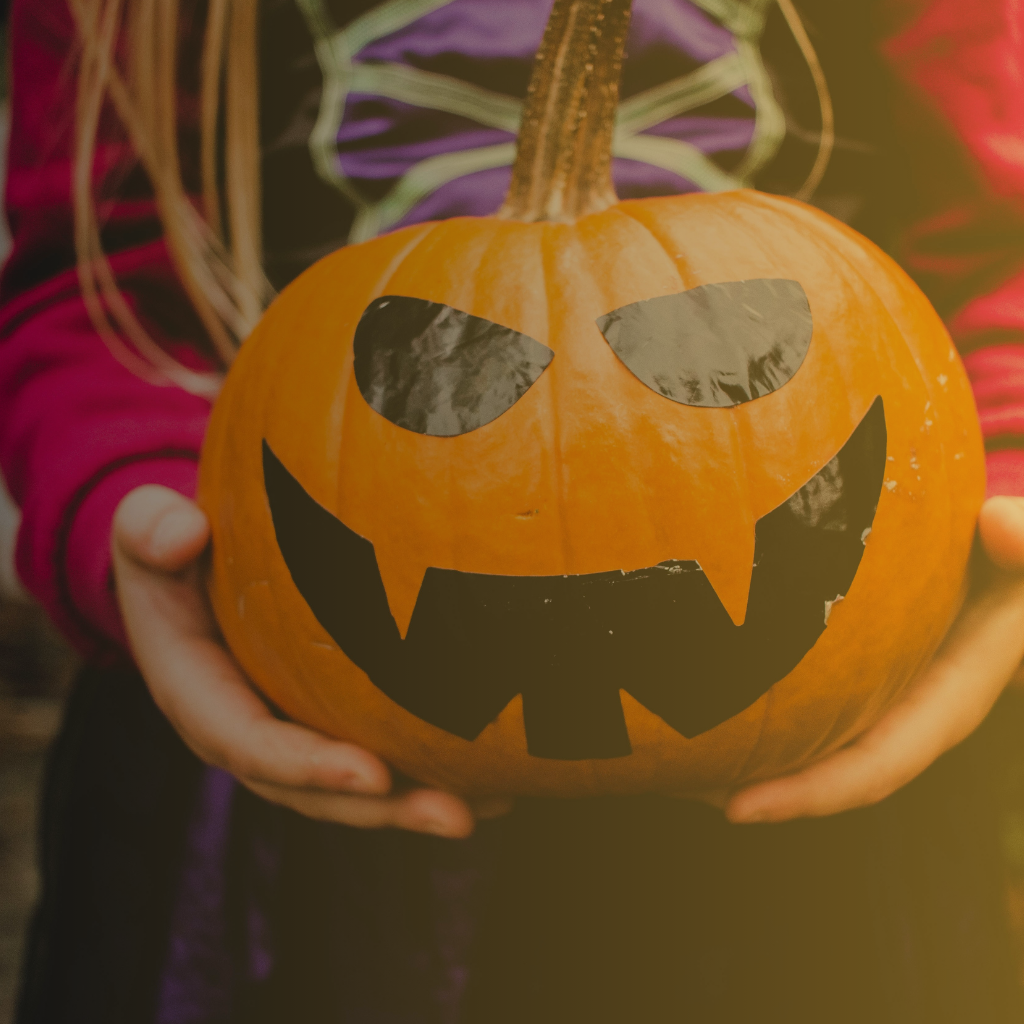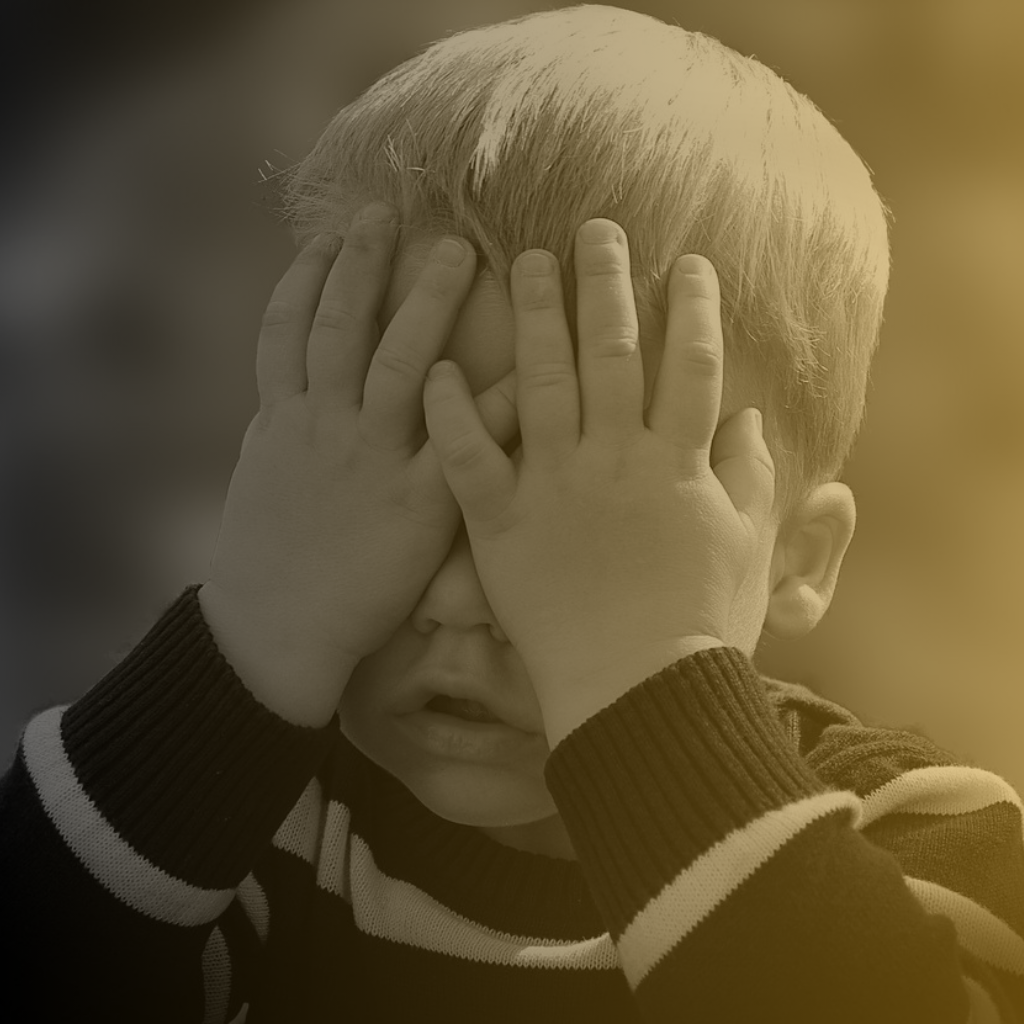Get ready for a spook-tacular Halloween with an ultimate guide to keeping your little ones safe and happy during the festivities!
Each family has their own way of celebrating traditions and rituals. Halloween is one of the most popular holidays in the United States, with 73% of Americans participating in some way- decorating the home, baking goodies, dressing in costumes, or handing out candies at the door, according to U.S. News (2023). For many parents, it’s simply a time to have fun and hope that children experience the joy in it.
The Halloween season, as exciting as it is, also involve new routines and new sights, and for many children who thrive on predictability and routine, the changes can often be a bit overwhelming and downright scary.
So, how can we support children so that Halloween is associated with excitement, and at the same time, is low stress for you? Here are a few things that you can do a week or more before Halloween day:
#1: Use books and play to open up the conversation and discuss what to expect
Reading Halloween books that depict characters trick- or treating or and introducing them to things they will see during Halloween is an opportunity for your child to become familiar with the process, ask questions, and ease their worries. These conversations are helpful in letting them know what to expect.
Pretend play offers a non-threatening and engaging way to teach because it offers the child to be in control of the situation. Set your play space up with costumes and/or little masks. This is an opportunity for them to see that you are still YOU underneath masks and costumes, and so are they.
If this is the first time your toddler is going trick- or-treating, you can practice playing “Halloween” at home. Model the entire process with them. Give them a basket, walk to the bedroom or bathroom doors, knock, and say “Trick-or Treat” while another family member on the other side hands out a small toy or treat. Have fun with it. Smile and model “Thank you’ when a treat is given. As adults, it doesn’t seem like so many steps to learn, but for a toddler it is, and they are more likely to have fun and engage in the process on Halloween day if they have prior experiences that were fun for them.
#2: Include children in traditions that give you joy and you know you can handle
Every family is different. It’s easy to get lost in the things we feel like we “should” do just because everyone else is doing it. You may find joy in decorating the house with Halloween decorations, or baking Halloween-themed goodies, or taking them to the pumpkin patch. You don’t have to do all of it or any of it if you feel you don’t have the mental and physical bandwidth to carry them out. Your child benefits more from spending time with a parent who enjoys their company, whatever that looks like on Halloween or any other day.
#3: Avoid dismissing their feelings of fear
As much as possible you want to avoid any images or decorations that are too scary for your child. However, sometimes it’s unavoidable. One year in late September, I went to the hardware store with the kids to buy something we needed for the house, and we saw they had an entire area with Halloween decorations with scary monsters whose eyes lit up and screamed. My child was 3 years old at the time. In those moments, it’s best to follow your child’s lead. If they’re curious but they don’t want to get too close and just want to look at it from afar, that’s fine. Bend down and watch with them. Avoid telling them “Don’t be scared” or “It’s not scary”. Instead you validate their reality and state what you both see and observe- “That skeleton lights up when you press the button” or “Whoa that statue screams loud, huh?” If they absolutely don’t want to be around it, that’s fine too. No shame, no belittling of their feelings. Just unconditional acceptance and meeting them where they’re at. We help them to recognize and accept their fears because only then will they eventually be able to learn how to cope with it.
#4: Make sure your child’s costume is comfortable and safe
There are few things cuter in life than a child in costume. However, be mindful of the costumes you choose, especially for infants. Infants overheat faster than adults- their sweat glands aren’t fully developed so they have a harder time cooling themselves and their body temperature can rise 3-5 times faster than adults. So, avoid costumes that are too tight and keep an eye on them if it’s a costume that goes over their head. Some infants squirm and fuss when clothing or any material is placed over their head for too long. An alternative to heavy costumes for infants is dressing them in pajamas and/or putting makeup on their face. That was something I did when my baby was 10 months old. It’s easy and works really well.
For toddlers and preschoolers, allow them to practice wearing the costume beforehand so you know it’s something they feel comfortable wearing. This will also let you know if the costume is too long or too bulky.
#5: On Halloween day, keep the trick-or-treating short
Children get tired quicker than adults and this is because their brains and systems are not as mature. On Halloween, there’s a lot of things going on- routine changes, new people, new environments, lots of walking, and lots of stimulation. They may get hungry or sleepy earlier than you expected. A toddler may only be able to walk around the neighborhood, pumpkin patch, or mall for 30 minutes instead of the 2 hours you had planned. Bring a stroller if possible, especially if you have an older child who still wants to engage in the activities. Pay attention to your little one’s energy level so you can attend to them before they get overtired and overstimulated from all the events.
#6: Model the actions and festive language instead of forcing it
Think about how many strangers your child will be meeting during the trick-or treating festivities. Many children feel scared approaching someone they don’t know and getting candy. They may not feel comfortable saying “Trick-or Treat” at the door or “Thank you” when they receive their treat. That’s OK. It takes time to feel confident with what to say and do during these events.
A great way for children to learn and ease their discomfort is by watching what you do. Carry a Halloween bag, walk with confidence, smile at the people handing out candy and show them your appreciation. It’s all about modeling the behavior you want to see in your children, with the intention that one day they will follow your lead. In the moment, your goal is to create a comfortable, fun experience for your child, and in time, they will have the opportunity to repeat what you’ve modeled for them independently.
#7: Offer alternatives to the traditional practices of Halloween
You don’t have to follow what everyone else is doing if it doesn’t work for you. As in any holiday, you have the freedom to choose and mold your traditions so it suits your family. Think of alternatives that are possible and cause you less stress. For example, you can trick or treat earlier in the day so you stay within the bedtime routine and avoid possible tantrums or meltdowns. If you prefer staying in rather than going out trick-or-treating with your child or you know your child isn’t going to have a good time with the crowds, staying home and handing out the candy at home to all the big kids at the door may be something your toddler or preschooler might prefer better. Children love the responsibility and independence, and meeting your child where they are at developmentally gives them a chance to enjoy the holiday their own way.
When we can give children the time and space needed to become comfortable with the traditions not by force, but with a listening ear, patient modeling, and flexibility, Halloween becomes more enjoyable for the entire family- one that has the potential to bond you and your children in a positive way as they associate everything Halloween to the joy they share with you. m.
References:
U.S. News. (2023, October 27) Halloween sees a surge in popularity and anticipated spending. U.S. News and World Report. Retrieved from https://www.usnews.com/news/best-states/articles/2023-10-27/halloween-sees-a-surge-in-popularity-and-anticipated-spending




